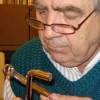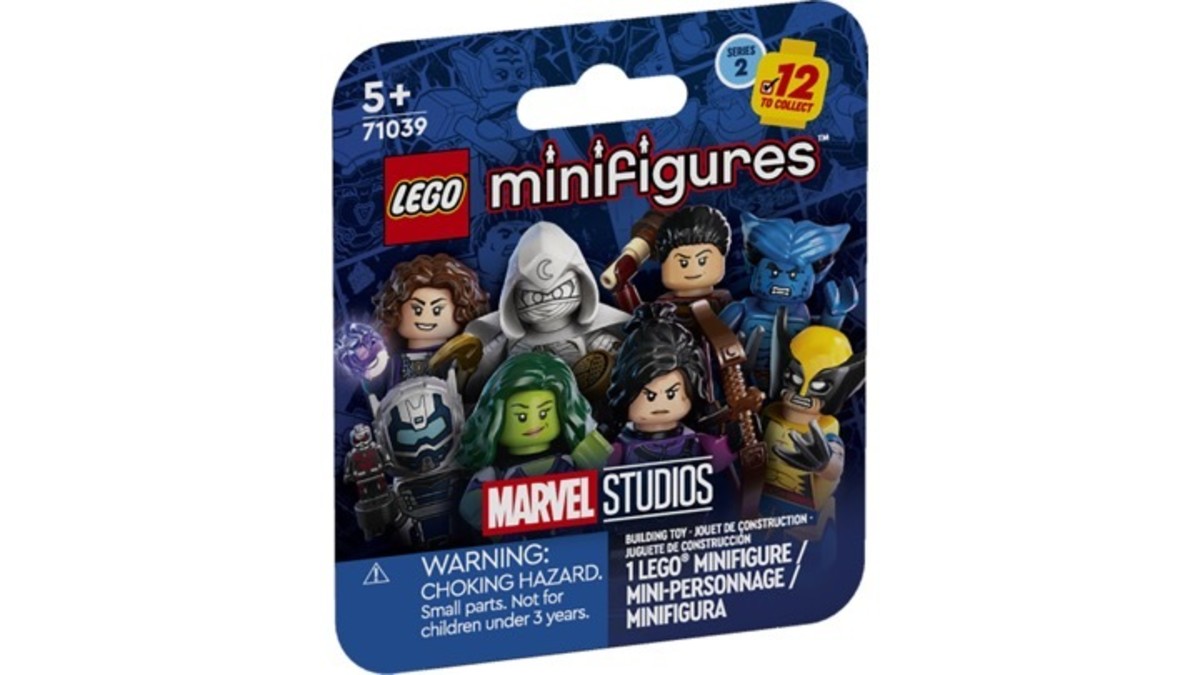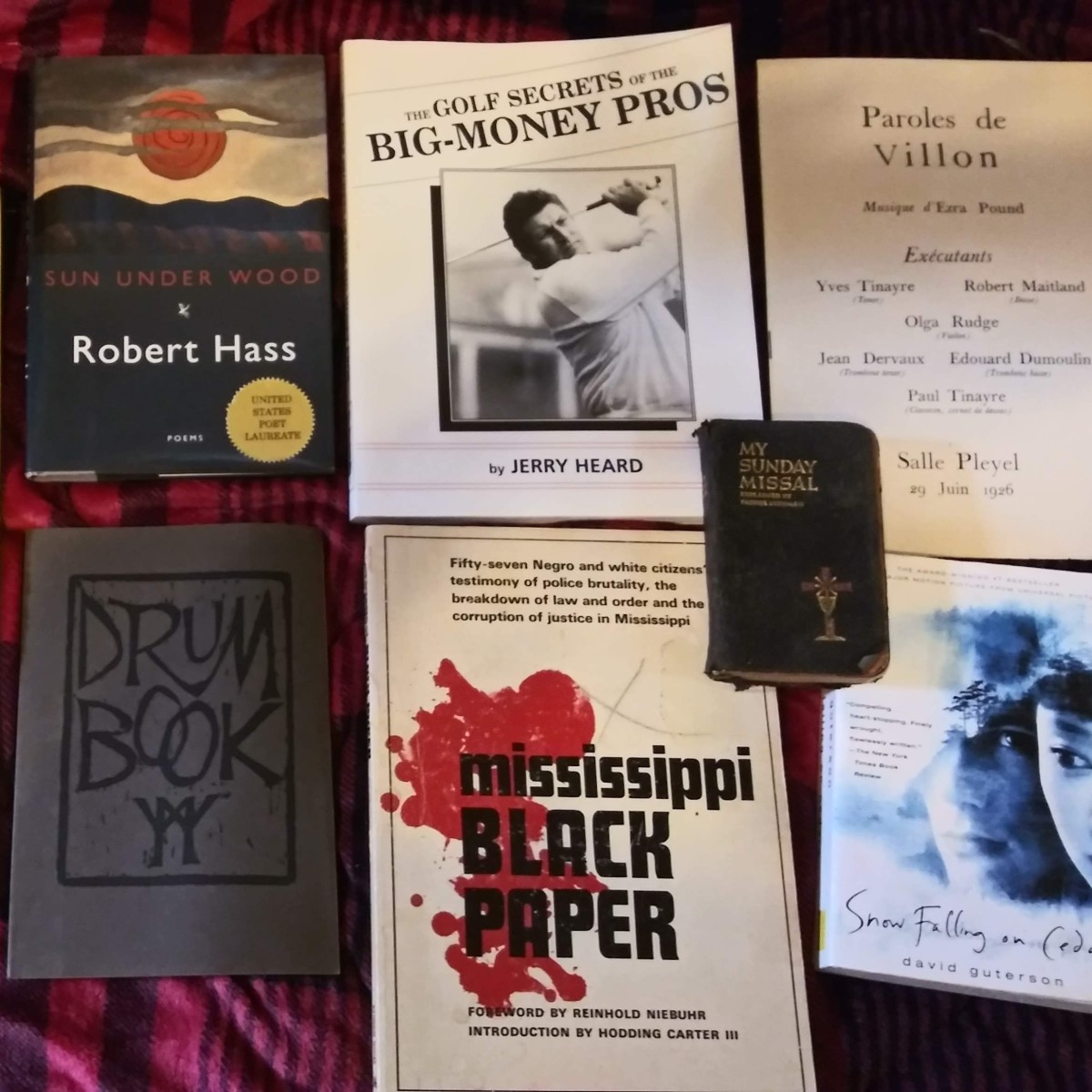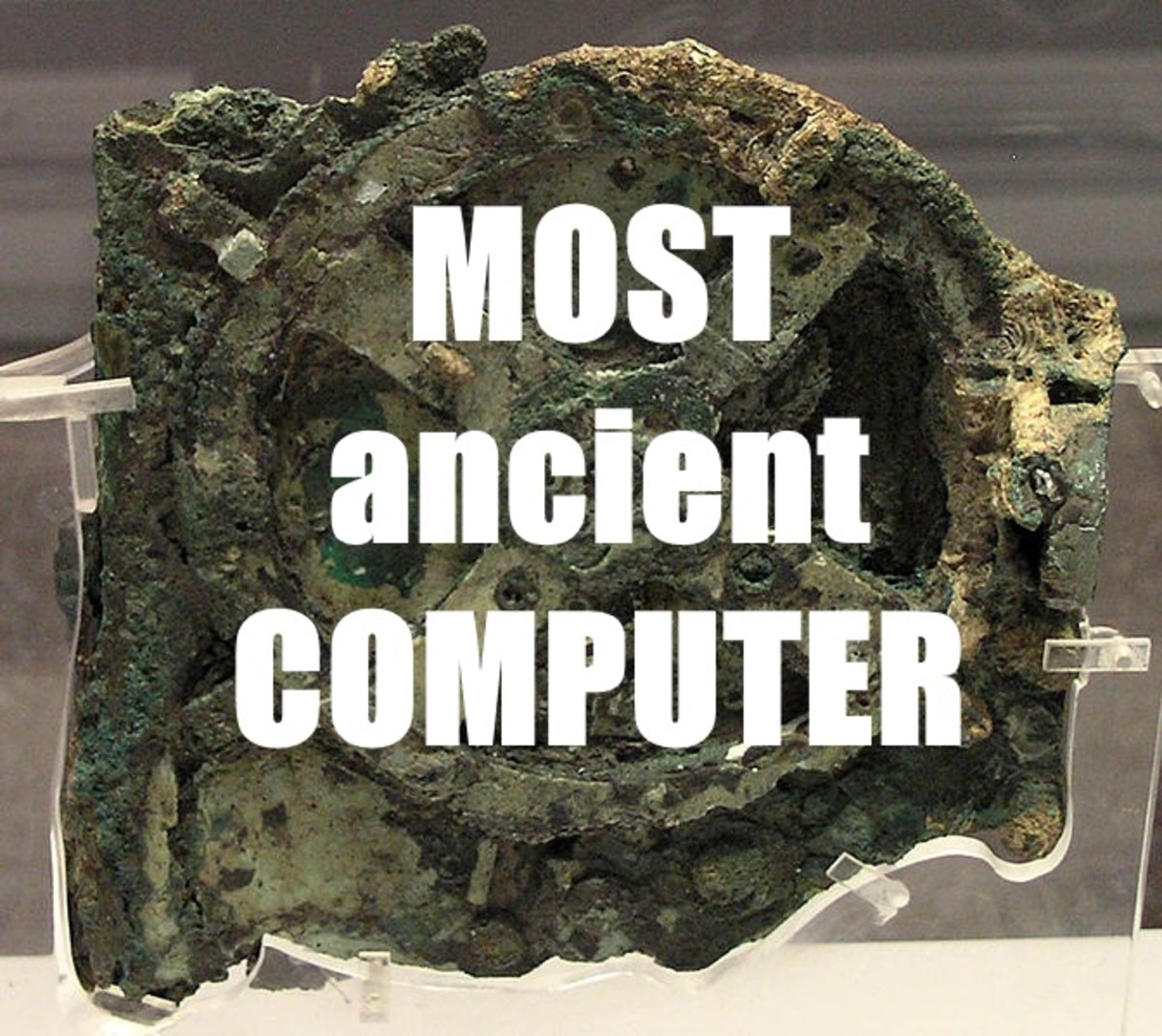Lead Typesetting - A Bygone Art
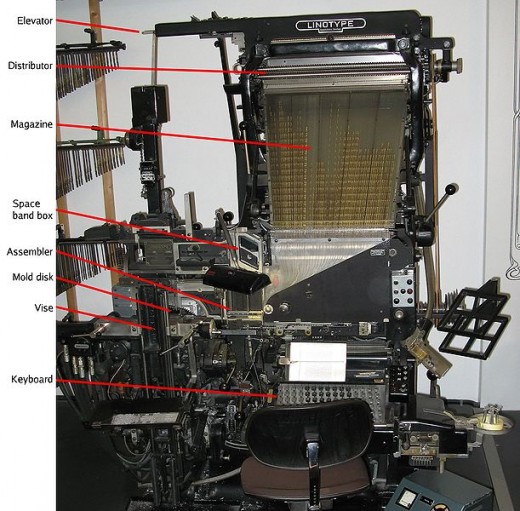
In the field of printing there has existed several art forms that have been basically invisible to the public eye. But modern technology is phasing out most of these art forms. One in particular is the setting of lead type.
Post-Renaissance printing, as perfected by Johannes Gutenburg in 1450 AD, has involved movable lead type, which has persisted even into my own experience.
Around 1975, I was the pressman in a Salt Lake City company that had an in-house printing shop. I used an offset printing machine, but I also had the responsibility of imprinting certain mail-order catalogs with the company address and other information. As these catalogs were already printed at another facility, and folded, the method of imprinting was by letterpress. The machine was a rotary type, powered by a hand crank. The chase - the framework that held the movable lead type - was a cylinder with grooves that accepted the type. So I had the opportunity to set lead type those days, one letter at a time.
The Linotype was an efficiency update to this system: This machine gave “modern” a new meaning. With a keyboard (the keys being ordered differently than the conventional "qwerty" arrangement), you typed in the “line of type” you wished to use, and the machine brought the needed molds into position, injected molten lead into the new line, and “poof” (or more accurately, “kachactatinkletaplinck”), you had a whole line of lead type in just a few seconds. Actually, it wasn't as easy as that. The machine operator had to do a number of things in orchestration: bring down a matrix from the magazine, determine if the width of the line (upon typing the last word) was too short or too long (miscalculating a line width could create time-consuming problems, such as squirting lead out onto the machine), and making a decision as to where to divide the last word if very long, manually insert miscellaneous characters (too rare to have place in the matrix - characters such as fractions or superscript letters), refrain from making typos (before sending the line to be set), and minding the adjustable separators between words for justifying type. I watched such a machine in action. It clicked and clacked, then tinkled and chimed, wiggled its branches, moved things around, and hummed. One of those machines is shown above.
(Original photo (Image:Linotype-vorne-deutsches-museum.jpg by Clemens PFEIFFER, Vienna.) Annotations by Paul Koning. Permission to use this photograph is granted per the following link:
http://en.wikipedia.org/wiki/File:Linotype-vorne-deutsches-museum-annotated.jpg
and as further clarified here:
http://commons.wikimedia.org/wiki/Commons:Reusing_content_outside_Wikimedia)
While this machine was living out its heyday, typesetting with a system called “cold type” or “strike-on” type was coming into the arena. It depended on a new technology that used offset printing, as achieved by the invention of light-sensitive plates. I used a machine that looked like a typewriter, but it had a dial to help you know how far across the page it was typing. By referring to that dial, you then knew how many spaces to put between words so that you could get a right-justified margin of type. Therefore, if you wanted to right-justify, you had to type the line a second time, and hope that you didn’t make a mistake. The machine used a disposable carbon-coated ribbon that was used only once, then discarded, so that the type was always pure black. As the ribbon was directed into a hole in the desk while being used up, you could see where the carbon had completely lifted off with each letter.
After typing up all that was needed, the paper was removed from the machine, and an adhesive was applied to the back so it could be pasted down onto an art board. The adhesive was either a sticky wax rolled onto the paper with a machine that melted the wax, or a new-fangled glue called “rubber cement.” Paste-up artists who used rubber cement utilized a piece of used glue to clean up the paste board of left-over glue. As time progressed, this piece of used glue grew bigger, and an artist’s tenure was usually measured by the size of his/her glue ball. Glory-hog artists usually just tipped over a can of Bestine, and grew their glueball overnight.
The advent of photographic capabilities allowed a broader use of photographs, but for this hub, I’m mainly addressing typesetting issues. I mention photo technology, because I want to describe the next innovation in typesetting: That was the ability to use film to create type. In my experience, the modern machine that revolutionized the type-setting industry was the Mergenthaler Linocomp. It had a rotating drum that accepted two strips of film. Each strip was a font, with bold and italics variations. Each strip was wrapped around the rotating drum and fastened by clips. The clips had teeth that fit into certain holes provided in each film strip. The clips were also spring-loaded so to help the strip stay snug against the frame. At the center of the rotating drum there was a light that shined through the letters of the film strip, and exposed the type onto positive light-sensitive paper. The light was designed to flash on right when a certain letter came past its projection line, then turn off. It was also designed to move closer to the film if you wanted a larger point size, or further away for a smaller letter.
Therefore, we could use two fonts at a time, and also have different sizes. This was considered quite a convenience. The screen for viewing our work was an LED or similar-type window that was about four inches long, and 3/8 of an inch high. Back then, we thought this was the ultimate. We had arrived into the future! Of course, we ignored the broken and dwindling fingernails as we fought with the spring-loaded clamps in order to change a font strip. We didn’t mind the extra time when we had to stop production to make that change; time was made up in not having to type our lines twice in order to get right-margin justification.
But in the background, far, far away, people were putting heads together, and brilliant ideas coalesced into more advanced systems. You now see the result. In my day, nobody could have ever dreamed of the capabilities we have now.
With reverence we say good-bye to lead type, but we aren't without some of the terminology that it established: When more vertical space was desired between lines, blank slabs of lead were added. Thus, we have the term "leading." We also use "upper case" when referring to capitalized letters, and "lower case" for regular letters. Why? To reduce search time for capitalized letters, the two types were kept in two different cases. The CAPS were kept in the "upper case,"and the rest were kept in the "lower case." Also, why do we call a type face a "font?" Well, font is derived from "fount" which means "a source or spring." Merriam-Webster cites the sources as: "Middle English, from Anglo-French funte, founte, from Latin font." The little pot in which the lead (for the lead type) is melted is called the "font."
Though I show respect for the process, I’m happy to give Lead Typesetting a proper burial and eulogy as I turn my attention to the wonders found in my Macintosh, and also in my PC (that’s right; I’m “ambicomputilic!”).
